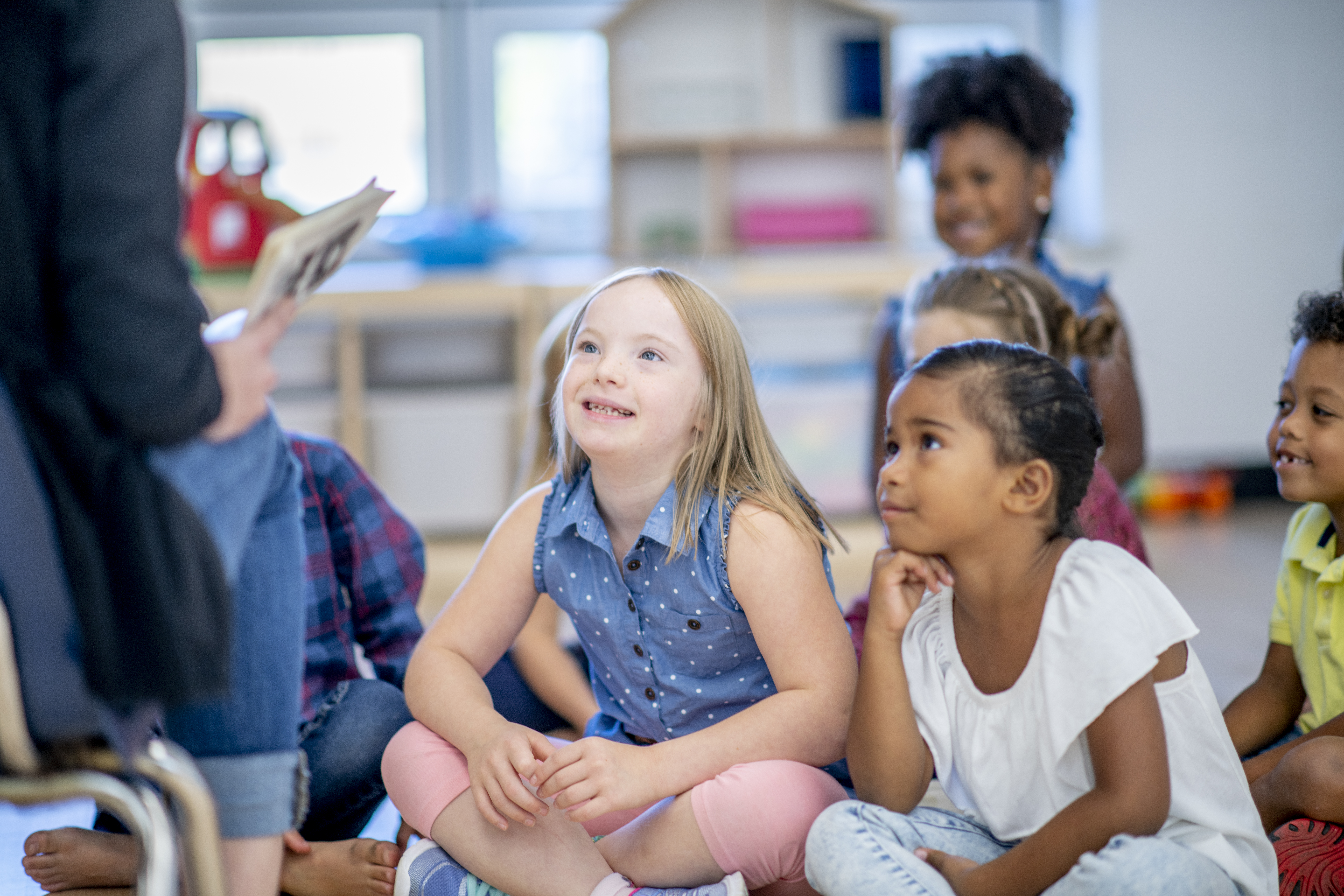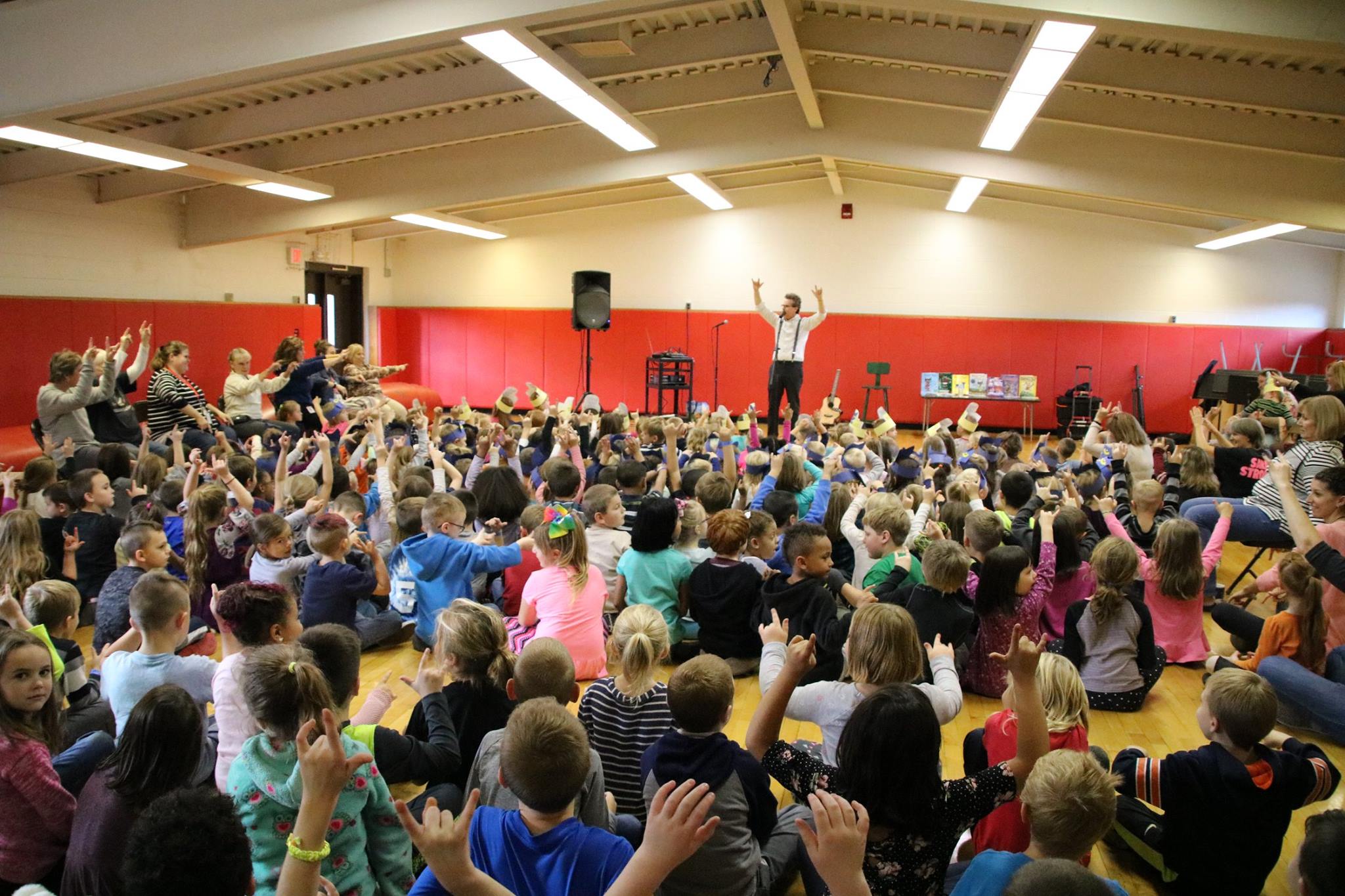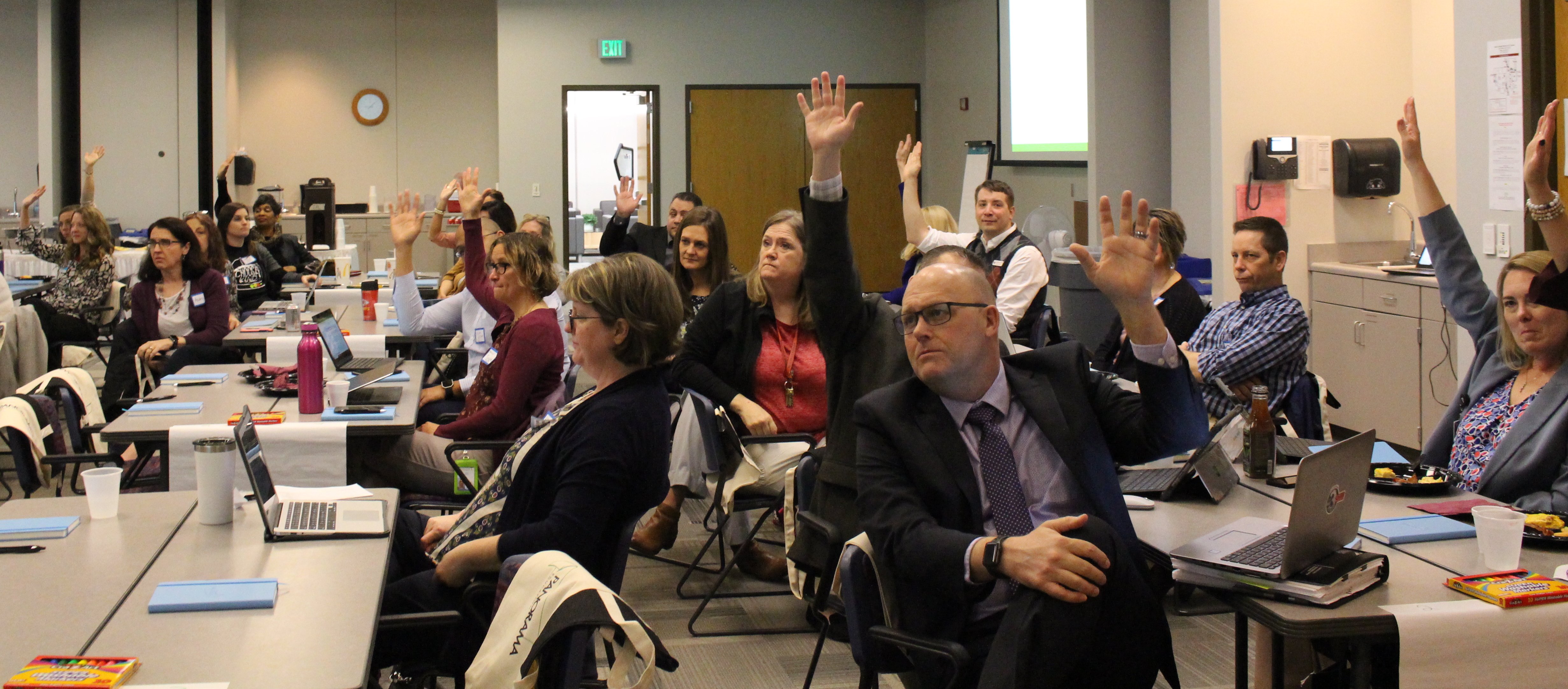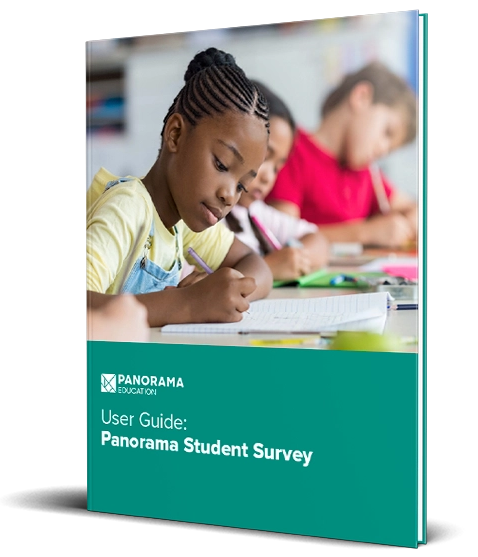Life skills data can be a powerful tool within a tiered system of supports. Once you’ve gathered data on students’ life skills—from social awareness to growth mindset—there are several ways to take action on the results to support students.
One common method is to provide small group supports. In the same way that your team may use academic data from a formative assessment to drive small group instruction for students in need, life skills data can guide small group learning experiences around a specific topic, skill, or competency.
Keep reading to learn how to use life skills data for small group instruction.
How to Identify Students for Targeted Supports Based on Life Skills Data
First, group students based on how they self-reflected on a given topic. If you use Panorama's survey reporting platform, you can easily sort students from lowest to highest score for each topic. This will allow you to identify students in your school or class who could benefit from similar life skills supports.
Strategies for Creating Small Group Learning Experiences
Once you’ve identified students in need of Tier 2 supports in a specific area, it’s time to take action. Don’t be afraid to get creative with building small group instruction into the school day!
- At Racine Unified School District (Wisc.), educators and counselors hold lunch groups to deliver targeted life skills instruction to elementary students who have similar social needs.
- Many educators also use life skills data to provide small group supports in restorative circles. For instance, you could teach students about emotion regulation through breathing exercises, or work on social perspective taking with role play scenarios.
- Integrate social skills instruction into existing academic instruction. Let’s say that students in a specific class are struggling with growth mindset—the belief that they can grow their intelligence and abilities. Explicit instruction of malleable intelligence has been shown to improve students’ growth mindset, so a reading teacher might assign a text that features growth mindset as a central theme. This can spark discussion and learning around the topic in a way that remains aligned with academic standards.
There are various ways to provide small group supports using life skills data. Whatever your strategy, make sure to take stock of your starting point and track students’ progress through a second round of student surveys at the end of the year. This will ensure that you and your team understand what’s working, what’s not, and whether additional supports are necessary.







